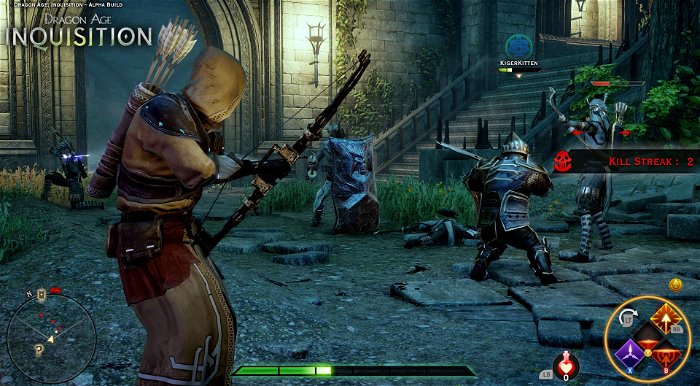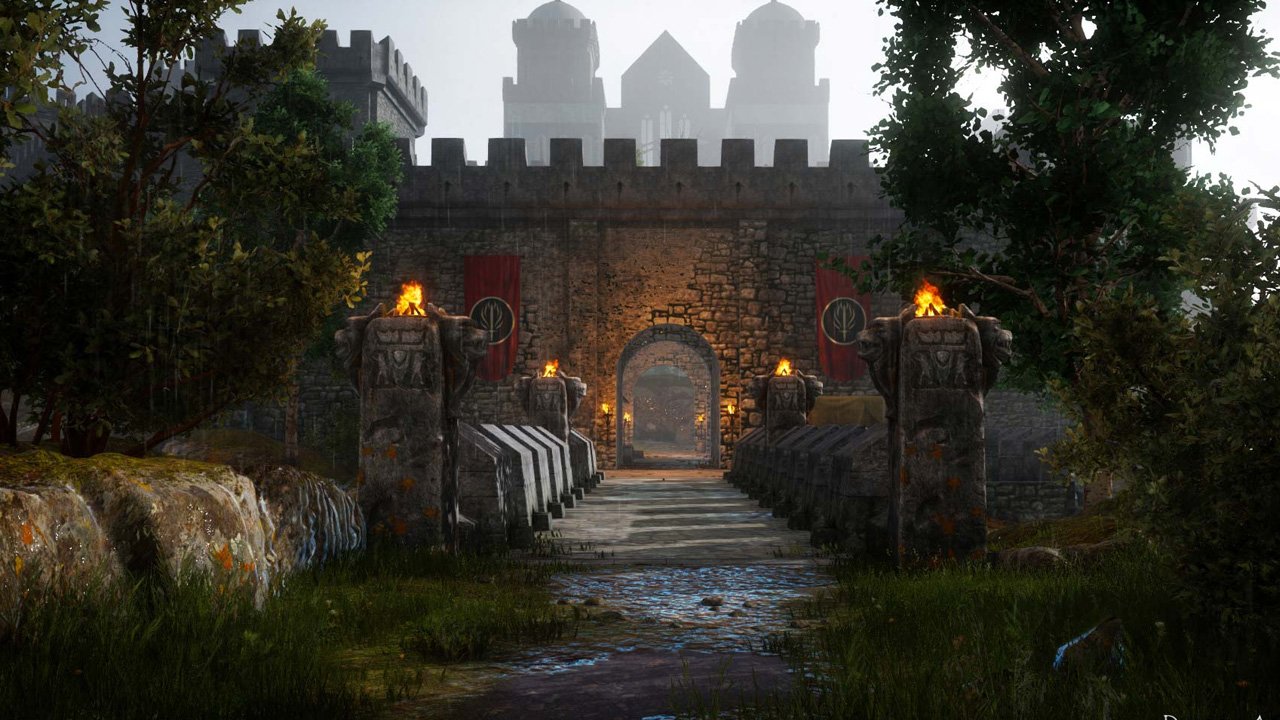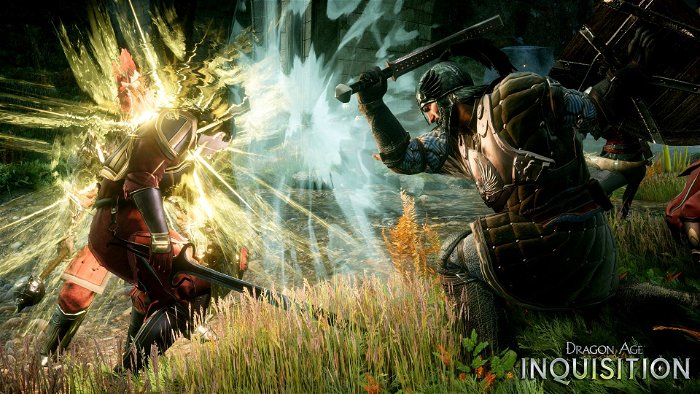Dragon Age: Inquisition is an extremely long game. Without trying hard to even complete the majority of the side quests or invest myself in hunting around the continent of Thedas collecting items, I spent close to 50 hours with BioWare’s latest. With the occasional exception of strategy games like XCOM: Enemy Unknown or the Total War series, it’s rare for me to devote so much time to a single title. As much as I enjoy a well-made role-playing game, I often find myself sprinting to the end of even sprawling titles like Mass Effect or Skyrim at a certain point, eager to finish the story and move on. All of this is to say that Inquisition—definitely one of the longest games I’ve ever played—is a bit unusual. It’s the kind of experience that justifies its extensive playtime by filling every one of its many hours with world-building missions that enhance the narrative’s dramatic weight.
Inquisition’s story is, like many BioWare games, focused on giving the player plot-driven reasons to build up the strength of their character and companions. At a certain point relatively early on, a major event forces the cast to rally an independent army—the Inquisition—to combat a powerful enemy spreading evil throughout the world. Because the Inquisition isn’t tied to any nation, the protagonist must set out to gain political allies, recruit military assets, and improve its infrastructure from the ground up. To succeed in the game, it’s necessary to take on the roles of statesman, commander, and ordinary soldier. This usually takes the form of typical RPG-style missions. The player (dubbed The Inquisitor) investigates leads related to sabotaging the enemy’s war effort, helps resolve political struggles to secure the aid of allied forces, and strengthens relationships with the companion characters who make up the game’s combat party. Basically, building an independent kingdom involves a lot of fighting, exploring, and levelling up battle skills.
“When the player takes over an enemy fortress in a remote wilderness, she isn’t just completing a side activity: she’s working toward the end goal of being strong enough to take down the game’s main villain.”
What makes all of this compelling is that the grand narrative of turning the Inquisition into a formidable military force colours every other mission in the game. When the player takes over an enemy fortress in a remote wilderness, s/he isn’t just completing a side activity: s/he’s working toward the end goal of being strong enough to take down the game’s main villain. This helps a great deal in making the moment to moment play feel important. While not every activity scattered throughout Inquisition’s levels is worth doing—there are a good number of quests devoted to nothing more than being asked by a character to grab an item, running to a distant area to do so, then hurrying back to deliver it—the sense that even the most rote objective is a single piece of a larger whole gives it a greater sense of purpose.
The game also incentivizes side quests in a more direct manner. Even the player who decides to explore every inch of the game’s world will be rewarded in some way, not just with more powerful items and stat-boosting experience points, but with the far more worthwhile character interactions. BioWare’s greatest strength has always been its writers’ ability to develop rich, multifaceted characters over the length of a game and Inquisition is no exception. When heading out to complete quests, the player can pick three companion characters to make up their combat party. The ambient dialogue that occurs within the group changes depending on who is paired up with whom, meaning that even the dullest missions can be made more interesting by mixing characters and seeing how their personalities interact with one another. More than a novelty, these conversations enrich the player’s understanding of the game’s cast and encourage heading out to take on (what can be fairly repetitive) side quests that would otherwise feel like mindless busywork.


Inquisition is the rare game that uses length not just to further some arbitrary sense of value, but as a way of gradually developing the deeper nuances of its narrative. Plenty of open world titles litter their environments with uninteresting optional activities as a means of increasing game length. Typically this does little more than dilute the experience, even taking away from the pacing of a main storyline. Inquisition may have a few too many unimaginative side missions, but, unlike most of its peers, it compensates for their lacklustre nature by using them as an opportunity to further its story. Though 50 hours for a run through the main story may be a lot of time to ask a player to invest, Inquisition doesn’t squander it. It uses its length as a means to reward dedication. The more the audience puts into the game, the more its world comes to life.





